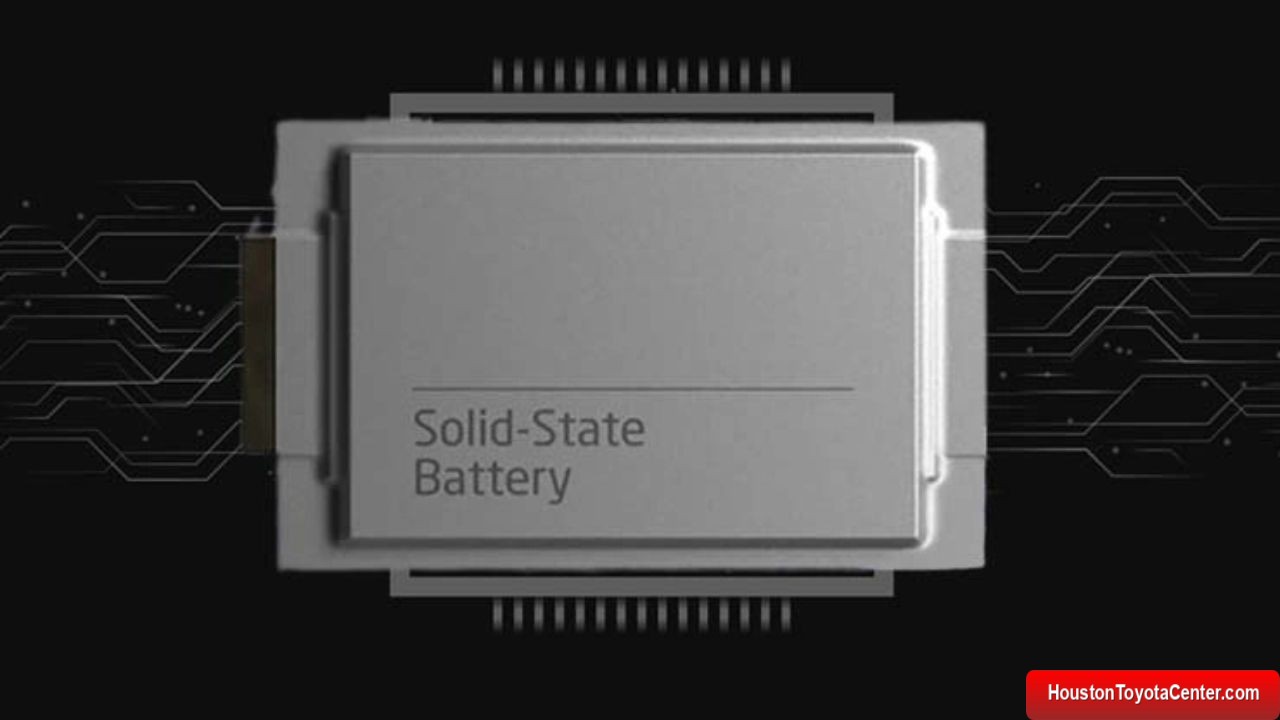With pilot production underway, the Japanese automaker aims not only to increase range and drastically reduce charging time, but also to reduce costs and battery size, transforming the electric vehicle market.
Honda has taken a decisive step toward the future of electric mobility. The company has begun pilot production of its own solid-state batteries (SSB) , a technology seen as a game-changer for the industry. The promise is to eliminate the main nightmares of electric car owners: low range and long recharge times. With ambitious goals, Honda plans to launch vehicles with the new technology in the second half of the 2020s .
Honda’s response to the challenges of electric cars
The transition to electric vehicles (EVs) still faces significant obstacles. “Range anxiety ,” the fear of the battery running out before reaching a charger, is a real concern. Furthermore, the time it takes to recharge an EV is considerably longer than to fill up a gasoline car. These factors, combined with the high cost of batteries, limit mass adoption.
Given this scenario, solid-state batteries are seen as the “holy grail” of technology. They promise to solve these problems in one fell swoop. By replacing the liquid electrolyte in current batteries with a solid material, they offer greater energy density, ultra-fast recharges, and greater safety, as they eliminate the risk of fires. For a traditional Japanese automaker like Honda, mastering this technology is essential to ensuring its future leadership.
FREE: Quickly identify and understand problems with your vehicle 🚘
CLICK HEREWhat to expect from the Honda battery
It’s crucial to clarify the numbers. Although there’s talk of ultra-fast charging, Honda’s official target for its solid-state battery is a full charge in 10 minutes . This time already represents a huge improvement.
Range will also receive an impressive boost. Honda projects that its EVs equipped with the new battery will reach up to 1,000 km on a single charge by 2030. Looking further ahead, the target is even bolder: reaching 1,249 km by 2040 .
Furthermore, the technology enables other significant improvements. The new batteries are designed to be 50% smaller and 35% lighter than current lithium-ion batteries. This allows for optimized vehicle design, improved drivability, and increased interior space.
The Japanese automaker’s trump card in the technology race
Honda’s approach to this challenge is its key differentiator. Unlike many competitors that rely on partnerships with other companies, Honda relies on a fully in-house development strategy . This allows for greater control over the process, from design to production, accelerating development.
Concrete proof of this strategy is its demonstration production line in Sakura City, Japan. Pilot production officially began in January 2025. At this facility, the company tests and validates the technologies required for mass production, including a proprietary lamination technique that improves battery efficiency and durability.
Challenges and mass production
The path to commercialization of solid-state batteries is complex. One of the biggest technical challenges is preventing the formation of “dendrites,” filaments that can cause short circuits. Another critical point is ensuring perfect contact between the battery’s solid-state components.
Honda is focused on addressing these issues with its manufacturing innovations. The Japanese automaker ‘s strategic goal is clear: to achieve a 25% reduction in production costs compared to current batteries. Making EVs more affordable is crucial for them to become competitive and accessible to the general public.
The impact of solid-state batteries
Honda has a clear timeline. The company aims to introduce the first vehicles equipped with its solid-state batteries to the market in the second half of the 2020s .
This technology is the centerpiece of the company’s electrification goals. Honda plans to have 40% of its global sales coming from EVs and fuel cell vehicles by 2030, rising to 80% by 2035, and reaching 100% by 2040. The success of this battery will not only solve the “range nightmare” but could accelerate the energy transition and completely reshape the global automotive market.


Leave a Reply